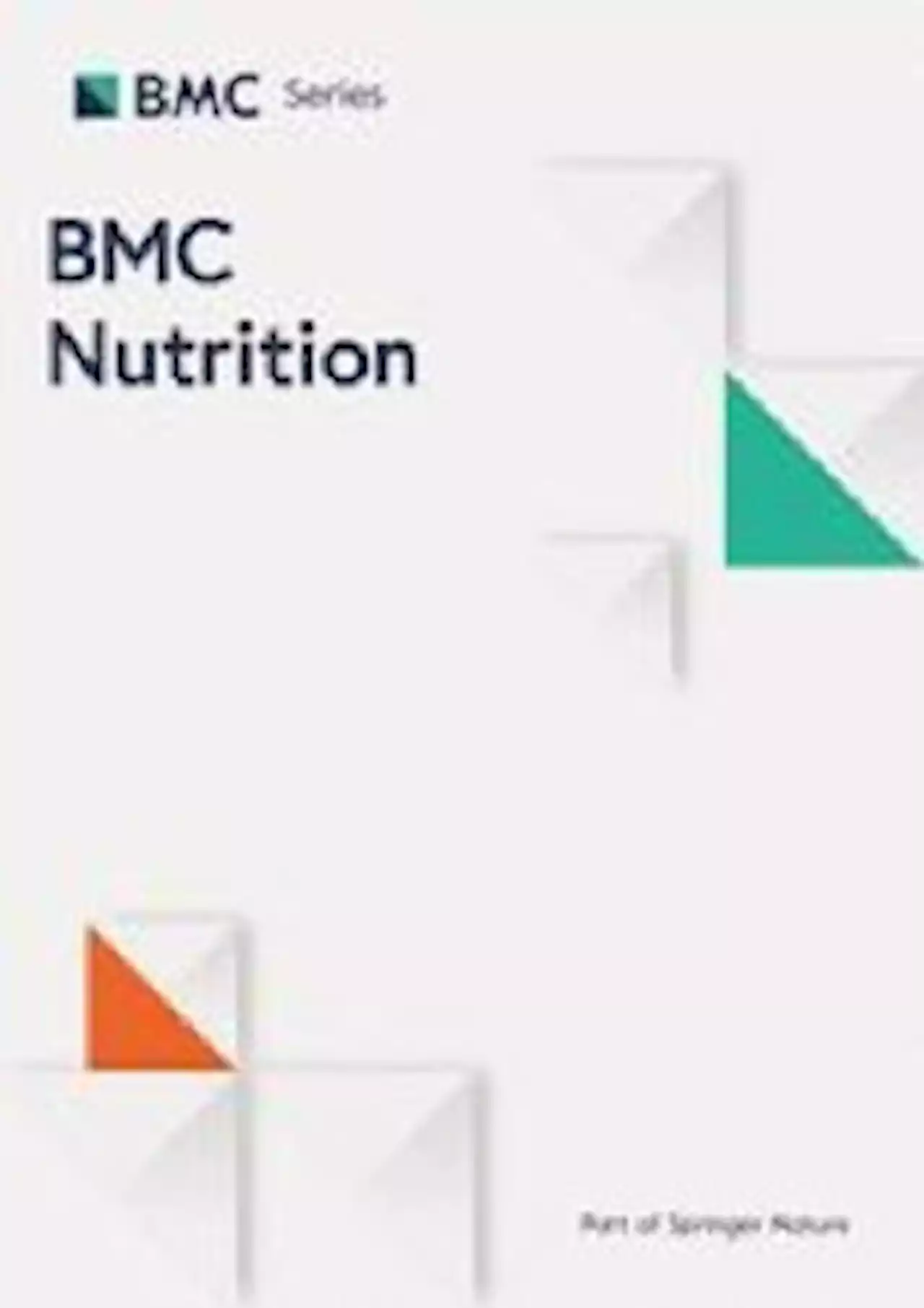An article published in BMCPsychiatry analyzes the increasing poor mental health in the UK since the start of the COVID-19 pandemic and finds an increase of 59% in mental health prescriptions for children between 2 to 17 years.
]. They also found that the average Warwick-Edinburgh Mental Wellbeing Scale had decreased between 2015 to 2018, which suggests worsening mental wellbeing. Both indicators also had clear patterns by sex, with 15-year-old girls having the highest rate of borderline/abnormal SDQ and the lowest average WEMWBS scores.
The same is also true of sex differences in referral and treatment for mental health conditions, although increasing CAMHS referral in girls but not boys since the start of the COVID-19 pandemic should prompt further investigation. Patterns of help-seeking behaviour may differ between boys and girls and this may also interact with age. Girls tend to appear in these records at older ages and in larger numbers, whilst boys are more likely to be in younger age groups.
Higher incidence of mental health prescribing and referral for specialist CAMHS for children in the most deprived areas has been persistent throughout the study period. The mechanisms through which area-level deprivation could influence mental health are varied [ More comprehensive data from primary care and other mental health support services available to children and young people should be made available for future research. In particular, community-based services and GP data should be prioritised as these are likely to be the first point of contact with health professionals for people in need of support around mental health.
United Kingdom Latest News, United Kingdom Headlines
Similar News:You can also read news stories similar to this one that we have collected from other news sources.
 New insights of minimum requirement on legumes (Fabaceae sp.) daily intake in Malaysia - BMC NutritionBackground Despite their low energy density and high nutrient content, legumes may be under-recognised as a beneficial food for the prevention and management of obesity and related diseases, such as cardiovascular disease (CVD). This study aims to analyse the moderation effect of legume intake on the relationship between BMI and the prevalence of CVD among the Malaysian adult population. Methods This study addressed communities of urban and rural Malaysia, including adults aged between 35 and 70 years old at the baseline recruitment. A series of standardised questionnaires were used to assess legume intake, history of comorbidities and socio-demographic information. Resting blood pressure measurements and physical examinations were performed to collect blood pressure and anthropometric data. Bivariate analysis was completed to determine the association between legume intake, socio-demographic characteristics and CVD prevalence. Moderation analysis was used to quantify the moderation effect of minimum daily legume intake on the relationship between BMI and CVD prevalence. Results This study found that those who consume less than 3 servings of legumes per day benefit from protective effects against CVD risk (POR = 0.56, 95% CI = 0.37 – 0.85). Moderation analysis of a minimum of three servings/day for the relationship between BMI and CVD prevalence showed significant effects. The group that benefited the most from this effect was those with a BMI in the range of 26 to 34 kg/m2. Conclusions This study provides new insights into the recommendation for legume intake according to the relationship between BMI and the prevalence of CVD in Malaysian adults. This study recommends that those with a BMI of 26 to 34 kg/m2 should consume at least 3 servings of legumes per day to reduce the risk of CVD. Further prospective research is warranted to affirm these findings throughout the Malaysian population.
New insights of minimum requirement on legumes (Fabaceae sp.) daily intake in Malaysia - BMC NutritionBackground Despite their low energy density and high nutrient content, legumes may be under-recognised as a beneficial food for the prevention and management of obesity and related diseases, such as cardiovascular disease (CVD). This study aims to analyse the moderation effect of legume intake on the relationship between BMI and the prevalence of CVD among the Malaysian adult population. Methods This study addressed communities of urban and rural Malaysia, including adults aged between 35 and 70 years old at the baseline recruitment. A series of standardised questionnaires were used to assess legume intake, history of comorbidities and socio-demographic information. Resting blood pressure measurements and physical examinations were performed to collect blood pressure and anthropometric data. Bivariate analysis was completed to determine the association between legume intake, socio-demographic characteristics and CVD prevalence. Moderation analysis was used to quantify the moderation effect of minimum daily legume intake on the relationship between BMI and CVD prevalence. Results This study found that those who consume less than 3 servings of legumes per day benefit from protective effects against CVD risk (POR = 0.56, 95% CI = 0.37 – 0.85). Moderation analysis of a minimum of three servings/day for the relationship between BMI and CVD prevalence showed significant effects. The group that benefited the most from this effect was those with a BMI in the range of 26 to 34 kg/m2. Conclusions This study provides new insights into the recommendation for legume intake according to the relationship between BMI and the prevalence of CVD in Malaysian adults. This study recommends that those with a BMI of 26 to 34 kg/m2 should consume at least 3 servings of legumes per day to reduce the risk of CVD. Further prospective research is warranted to affirm these findings throughout the Malaysian population.
Read more »
 Call for Papers! Introducing BMC Palliative Care’s New Collection: Spirituality in Palliative Care - BMC Series blogBMC Palliative Care is calling for submissions to our Collection on spiritual support in life threatening illnesses and end of life care. More information has been provided in the Editorial written by the Guest Editors Dr Michael Connolly (University College Dublin, Ireland) and Dr Barry Quinn (Queen’s University Belfast, United Kingdom).
Call for Papers! Introducing BMC Palliative Care’s New Collection: Spirituality in Palliative Care - BMC Series blogBMC Palliative Care is calling for submissions to our Collection on spiritual support in life threatening illnesses and end of life care. More information has been provided in the Editorial written by the Guest Editors Dr Michael Connolly (University College Dublin, Ireland) and Dr Barry Quinn (Queen’s University Belfast, United Kingdom).
Read more »
Employees’ healthy eating and physical activity: the role of colleague encouragement and behaviour - BMC Public HealthBackground: Exercising and eating healthy are not just an individual choice, but influenced by family members, friends, or neighbours. Little is known, however, about colleagues, who are another important interpersonal influence. Many people spend many hours at work, surrounded by mostly the same colleagues, who could therefore significantly shape employees’ (un)healthy choices. We studied to what extent colleagues may play a part in one another’s eating and exercise behaviours by focusing on two pathways: colleagues can encourage a healthy lifestyle or act as role models whose behaviours can be observed and copied. Methods: We used the European Sustainable Workforce Survey, with data on 4345 employees in 402 teams in 113 organisations. We used network autocorrelation models, which resemble regression models, to study to what extent employee encouragement is related to fruit and vegetable consumption, and physical activity. Specific to this type of model is the inclusion of a network correlation parameter which allows for the outcome of an employee to be directly associated with the outcomes of their colleagues. In this way we tested whether colleagues’ behaviours were related to one another. Results: We found that employees were more likely to eat fruit and vegetables as well as engage in physical activity when their colleagues encourage a healthy lifestyle. Employees’ healthy eating behaviours were positively related to their colleagues’ fruit and vegetable consumption, while we found a negative correlation concerning physical activity. Conclusion: Overall, colleagues’ encouragement and own healthy behaviours have the potential to contribute to creating a culture of health in the workplace and support all employees in making healthy choices.
Read more »
 Inside the Weghorst deal: Background checks, delays and Ten Hag talks◽️ Delays due to three-way deal ◽️ Erik ten Hag’s influence was crucial ◽️ Burnley's desire to 'fulfill a promise' lauriewhitwell, AndyMitten and others on how Wout Weghorst's move to Manchester United materialized.
Inside the Weghorst deal: Background checks, delays and Ten Hag talks◽️ Delays due to three-way deal ◽️ Erik ten Hag’s influence was crucial ◽️ Burnley's desire to 'fulfill a promise' lauriewhitwell, AndyMitten and others on how Wout Weghorst's move to Manchester United materialized.
Read more »
Exposure to World Trade Center Dust Exacerbates Cognitive Impairment and Evokes a Central and Peripheral Pro-Inflammatory Transcriptional Profile in an Animal Model of Alzheimer’s Disease - IOS PressBackground: The terrorist attacks on September 11, 2001, on the World Trade Center (WTC) led to intense fires and a massive dense cloud of toxic gases and suspended pulverized debris. In the subsequent years, following the attack and cleanup efforts,
Read more »
 User-Chatbot Conversations During the COVID-19 Pandemic: Study Based on Topic Modeling and Sentiment AnalysisBackground: Chatbots have become a promising tool to support public health initiatives. Despite their potential, little research has examined how individuals interacted with chatbots during the...
User-Chatbot Conversations During the COVID-19 Pandemic: Study Based on Topic Modeling and Sentiment AnalysisBackground: Chatbots have become a promising tool to support public health initiatives. Despite their potential, little research has examined how individuals interacted with chatbots during the...
Read more »
